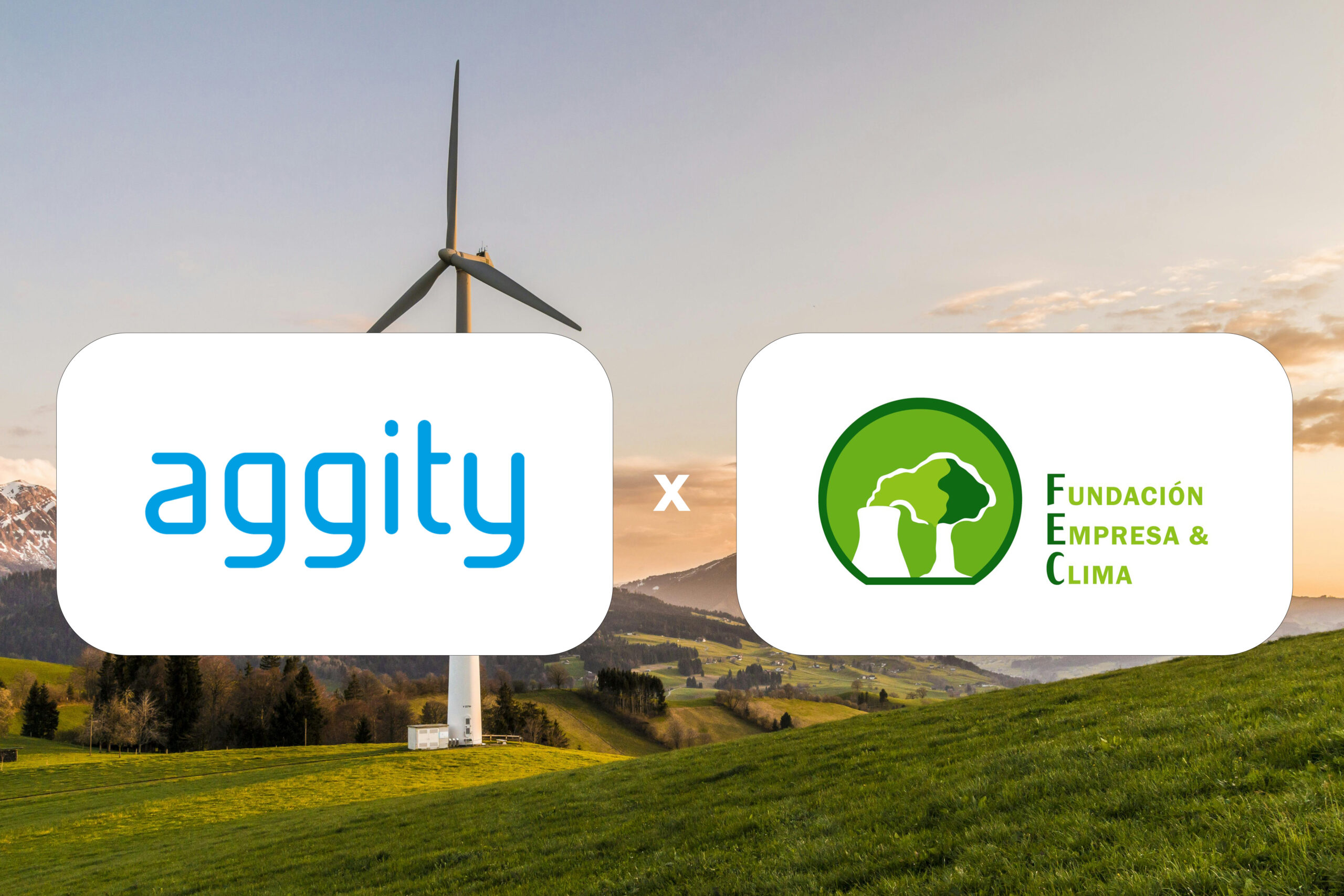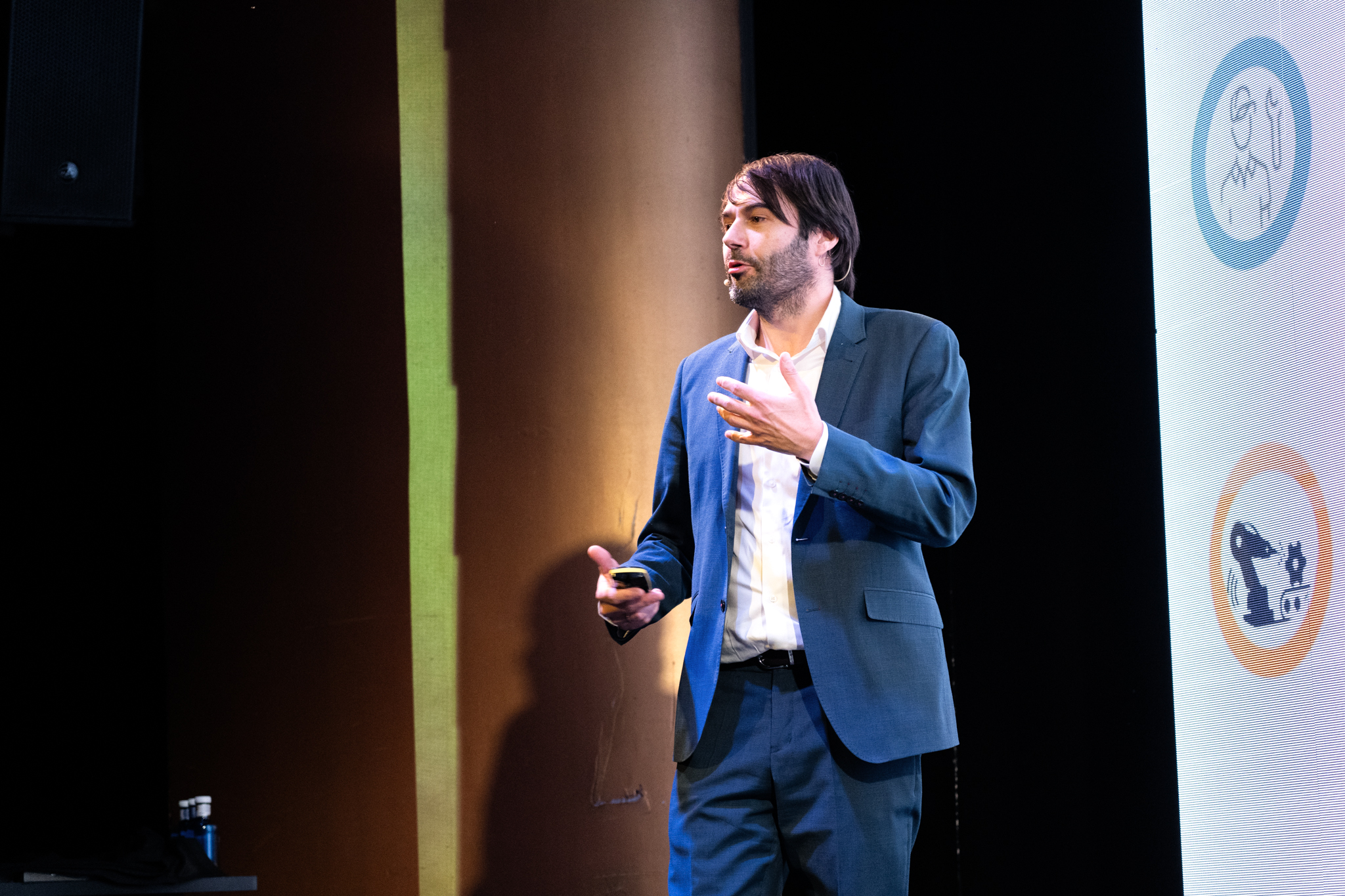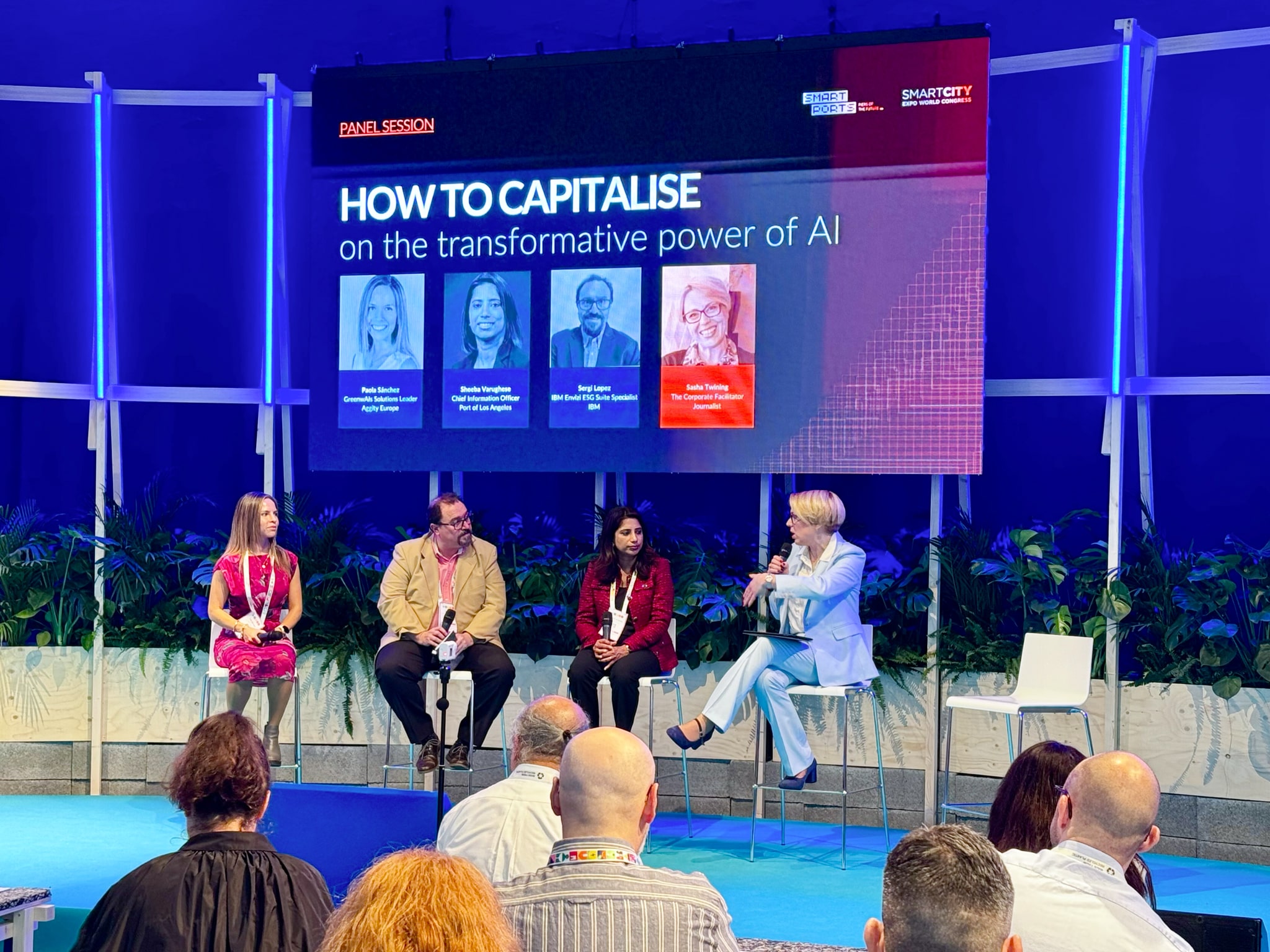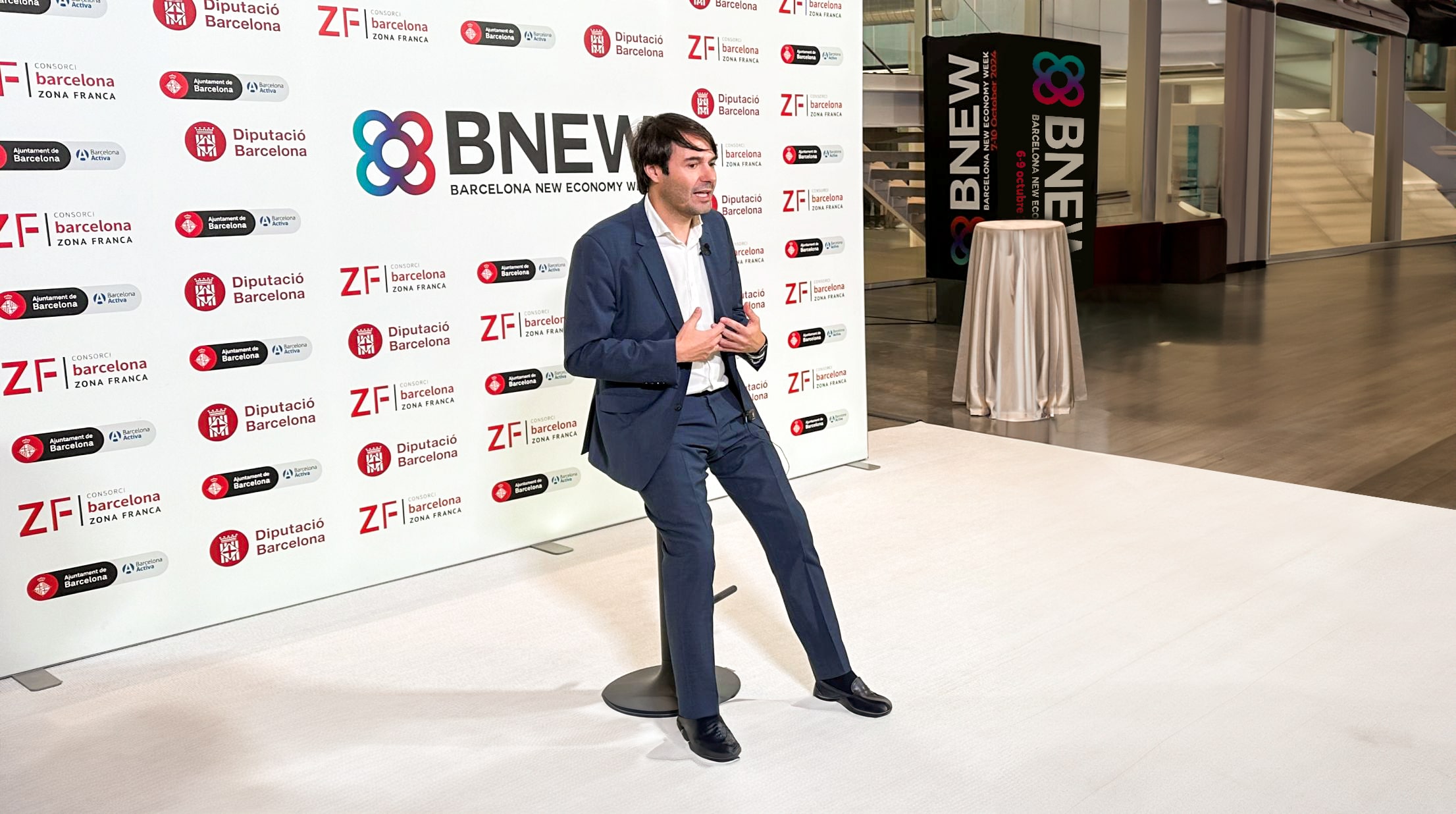What is the phygital retail experience?

Phygital is a modern, very recent concept that combines the terms Physical and Digital. Applied to the retail sector, the aim is to unify the benefits of the physical environment with those of the digital environment.
Tabla de contenidos
ToggleThe goal of phygital is to drive sales from both channels by offering personalized customer experiences.
In the retail of the future, the term phygital is particularly relevant. It is a concept that began to be coined in the early days of e-commerce, but it is in recent years that it has become more important. The impact of the coronavirus caused physical purchases to fall below 50% due to successive confinements.
Little by little, the more traditional retail has increased its market share again, although online shopping continues to have a more than relevant position. Now that the crisis is over, purchases through the different digital channels have not diminished, but consumers have returned to buying products in physical retailers. Especially in those segments where there is an option to purchase products both in-store and online.
What is retail phygical
There is often a tendency to confuse phygical retailing with omnichannel marketing, which is typically employed by retailers to engage and interact with customers across different channels to provide a flexible and satisfying shopping experience.

However, phygical retail is intended to go one step further. Not all the goodness is found in digital channels, just as it is not in the physical environment. However, the truth is that there is a barrier between the two worlds that is difficult to break. And that is what phygital is all about: breaking down the barrier between the physical and digital worlds so that customers can have a closer experience without having to give up the benefits offered by both alternatives.
Little by little, the phygital trend is being incorporated into retailers’ strategies for customer relations in the not only because they have changed their consumption habits or have access to an increasing e-commerce offer, but also because retailers are observing that unifying both environments in a marketing strategy can increase the chances of sales.
Betting on the physical store
Until now, we have seen how traditional retailers have been incorporating the digital world. Many of them opened ecommerce or started selling their products through social networks. Today, what we are seeing is the reverse trend: those brands that started their business in the digital world are starting to open physical stores.
It is estimated that with a phygital strategy, enhanced with the use of technologies such as AI, Big Data or automation, the number of physical stores will gradually increase. For that reason, we can see how brands are greatly enhancing interior design, also known as retail design, so that customers can access a whole world of sensations and experiences that are not possible to achieve in a digital world.
In reality, consumers have been immersed in a phygital world for some time now. For example, when a fast food restaurant selects the menu at a digital kiosk or when a cell phone is used to pay in a store. All of these are phygical experiences and examples that combine the advantages of both worlds.

Advantages of the phygical model
What retail companies want is to put the customer at the center of the strategy and offer them a good shopping experience. In this sense, phygical retailing makes it possible to achieve this objective, and to put it into practice it is essential to have a platform such as RedPoint Global by aggitywhich allows for the development of a personalized interaction with customers regardless of whether the relationship channel is physical, digital or, as is most common, a combination of both.
A Customer Data Platform (CDP) allows you to create a complete and detailed picture of your customers, enabling you to provide them with what they need at all times, regardless of the physical or digital environment in which you are operating. Phygical retail is here to stay.
Últimos posts

aggity strengthens its commitment to sustainability as a SILVER partner of “Fundación Empresa & Clima”.

aggity participates in the IBM Ecosystem Summit 2024 with an applied case of Generative AI in the food industry

Aggity, together with the multinational Fortinet, present an exclusive event in Lima on the application of Generative AI in Corporate Cybersecurity.

aggity participates in Smart Ports: Piers of the Future

aggity Supports the Contigo Foundation at its Annual Dinner

Challenges and Opportunities of Generative AI in Industry: Our Experience at BNEW

Official Liferay Partner in Spain





